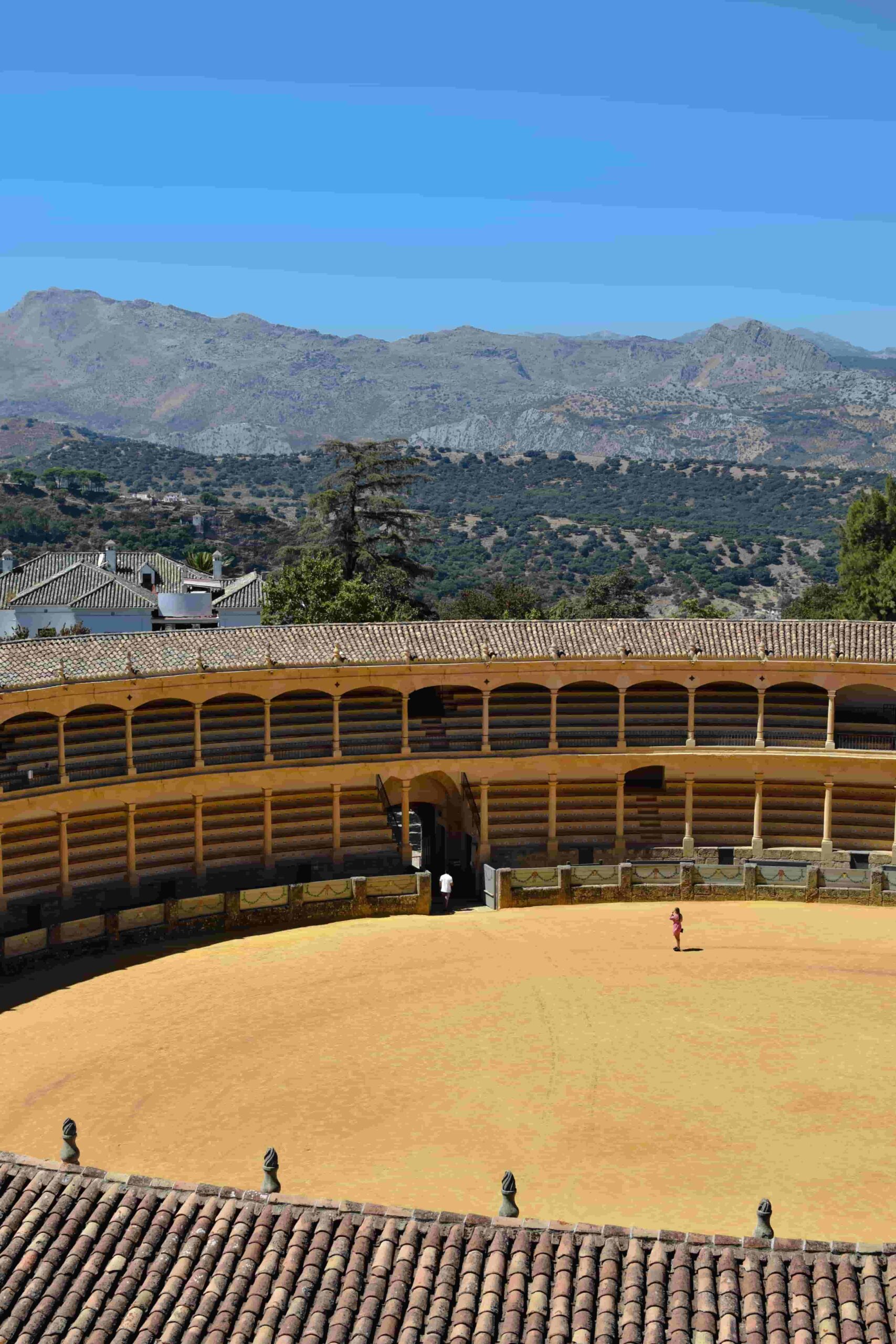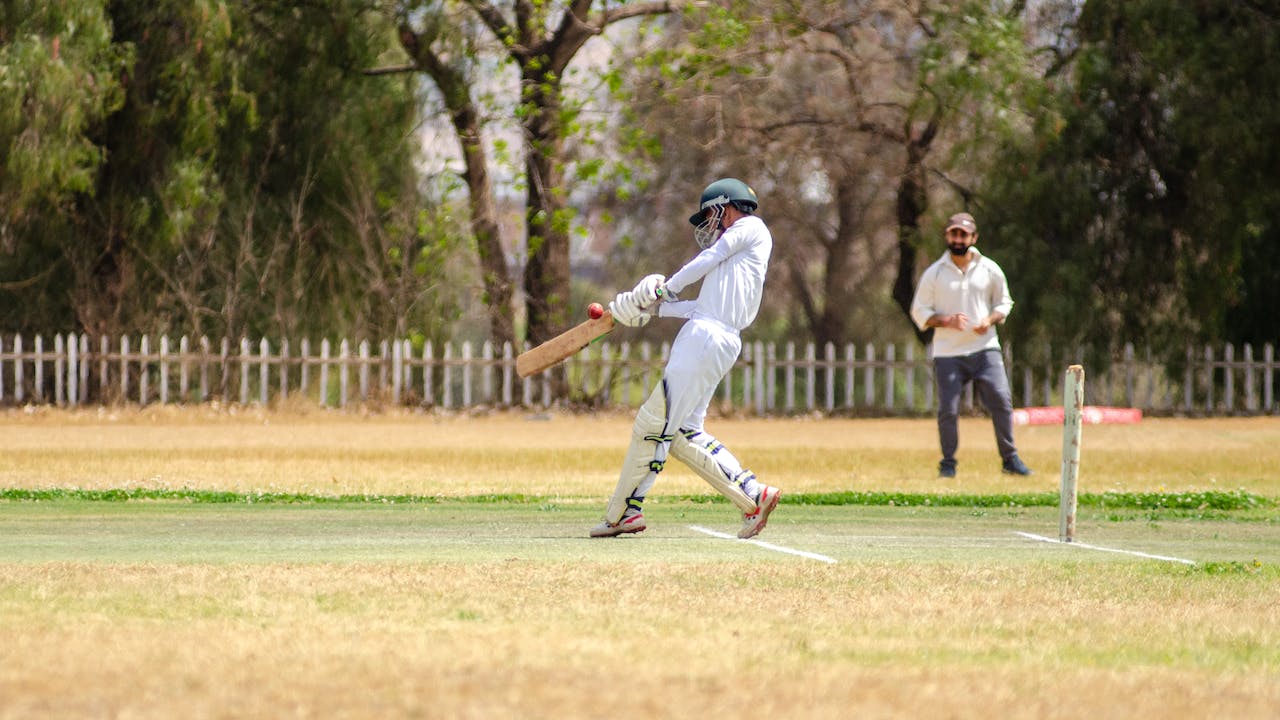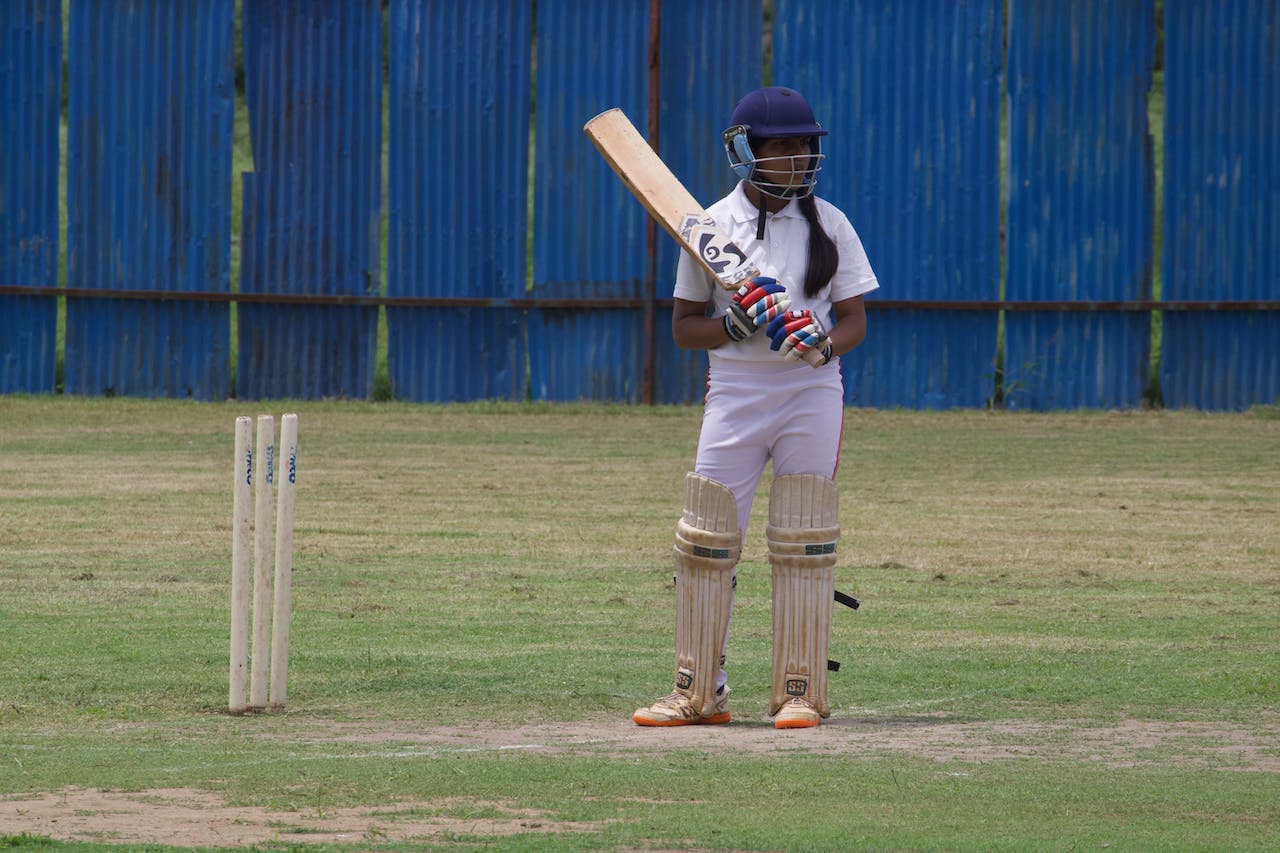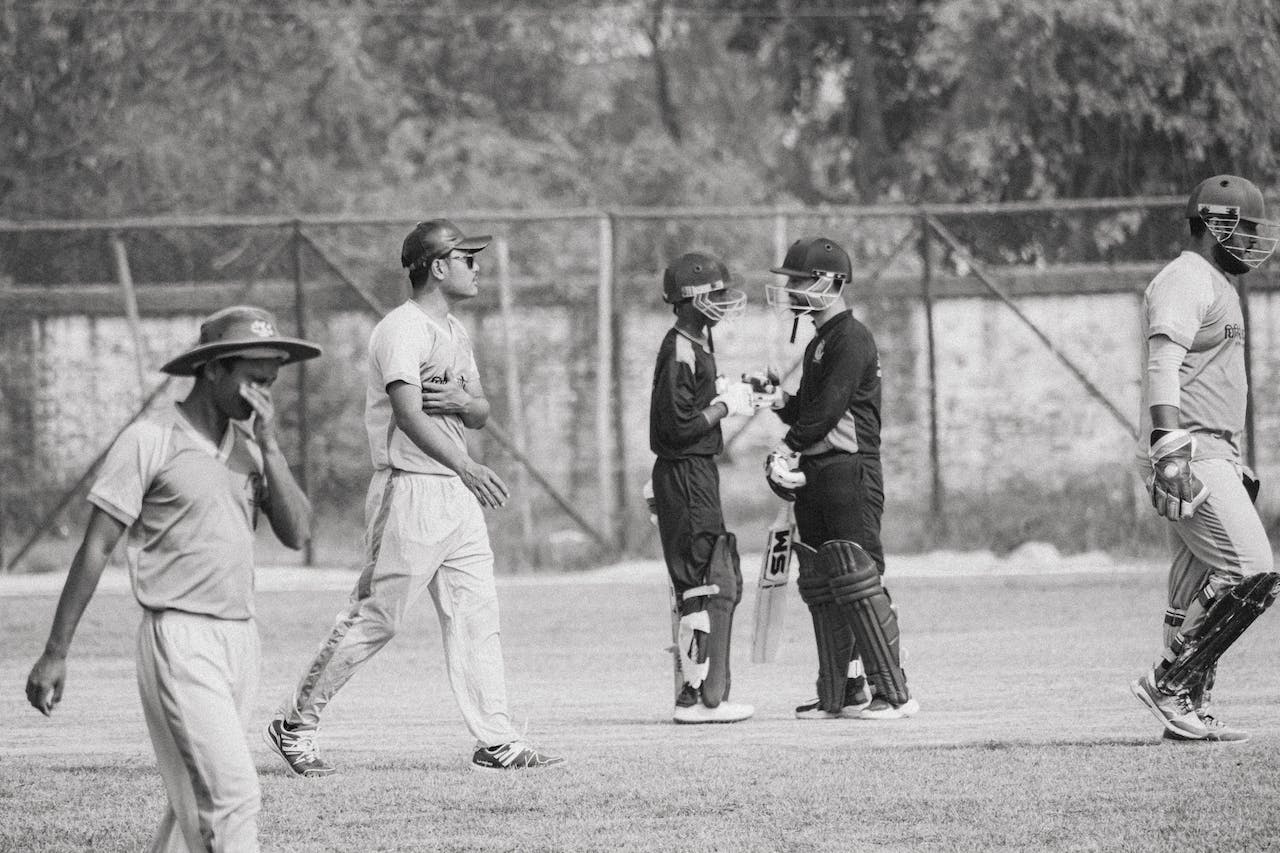Introduction:-Bullfighting, an age-old spectacle deeply rooted in the cultural fabric of certain regions, has long been a subject of fascination and controversy. Originating in Spain, bullfighting, or corrida de toros, has evolved into a highly stylized and ritualistic performance that blends athleticism, artistry, and tradition. This article aims to explore the history, cultural significance, and the ongoing debate surrounding bullfighting.
Historical Roots:
Bullfighting’s origins can be traced back to ancient Rome, where public displays of gladiatorial combat captivated audiences. However, it was in Spain that the tradition took root and developed its unique form. The first recorded bullfight took place in 1133 in celebration of the coronation of Alfonso VIII. Over the centuries, bullfighting evolved into a refined art form with established rules and rituals.
The Rituals and Artistry:
A traditional bullfight consists of three stages or tercios. The first stage, the tercio de varas, involves picadors on horseback who use lances to test the bull’s strength and agility. The second stage, the tercio de banderillas, sees the matador using colorful, barbed sticks called banderillas to further weaken the bull. Finally, in the tercio de muerte, the matador attempts to kill the bull with a sword thrust between its shoulder blades.
Each stage is accompanied by music and intricate choreography, highlighting the matador’s skill and bravery. The matador, adorned in a distinctive costume, displays a combination of grace and courage as they face the charging bull. The cape work, the passes, and the final fatal thrust are all part of a carefully orchestrated dance between man and beast.
Cultural Significance:
In regions where bullfighting is a longstanding tradition, it is often considered a vital aspect of the local culture. Supporters argue that bullfighting is an art form that reflects the courage and skill of the matador, as well as the strength and beauty of the bull. The spectacle is seen as a celebration of bravery and an embodiment of the region’s history and values.
Explore the thrilling world of sports hammer throw Ball and indycar racing with in-depth articles, latest updates, and expert insights. Your go-to source for sports enthusiasts
Bullfighting has also inspired literature, art, and music. Renowned writers like Ernest Hemingway and Federico García Lorca have captured the essence of bullfighting in their works, contributing to its cultural significance. Paintings by artists such as Francisco Goya immortalize the intensity and drama of the bullring, further cementing bullfighting’s place in cultural heritage.
Controversy and Criticism:
Despite its deep cultural roots, bullfighting has faced increasing criticism, both within its countries of origin and on the global stage. Animal rights activists condemn the practice as cruel and inhumane, arguing that it inflicts unnecessary suffering on the bulls. The process of weakening the bull with lances and banderillas before the final kill is particularly contentious, with opponents asserting that it amounts to torture.
International outcry against bullfighting has led to bans or restrictions in various regions. In 2010, Catalonia became the first Spanish region to outlaw bullfighting, citing both animal welfare concerns and a shifting societal attitude toward the tradition. While the ban was a significant victory for animal rights activists, it also fueled a heated debate about the preservation of cultural heritage versus the ethical treatment of animals.
The Future of Bullfighting:
As the debate rages on, some proponents of bullfighting argue for reforms aimed at addressing animal welfare concerns. Calls for stricter regulations on the treatment of bulls, such as limiting the use of certain tools or banning specific practices, have gained traction among those who wish to see the tradition continue in a more humane fashion.
Others contend that bullfighting must evolve to survive, suggesting alternative forms that exclude the harm to animals. Some events feature matadors engaging in symbolic rituals without harming the bull, while others propose replacing live animals with simulated or robotic alternatives. However, these alternatives face resistance from traditionalists who argue that any deviation from the centuries-old practices dilutes the essence and authenticity of bullfighting.
Conclusion:
Bullfighting stands at a crossroads, torn between its rich cultural heritage and the evolving ethical considerations of the modern world. The debate surrounding bullfighting encapsulates the broader struggle between tradition and progress, with passionate arguments on both sides. As societies grapple with the ethical implications of this centuries-old practice, the future of bullfighting remains uncertain, leaving us to ponder whether this ancient spectacle can adapt to the changing times or if it will become a relic of the past.





